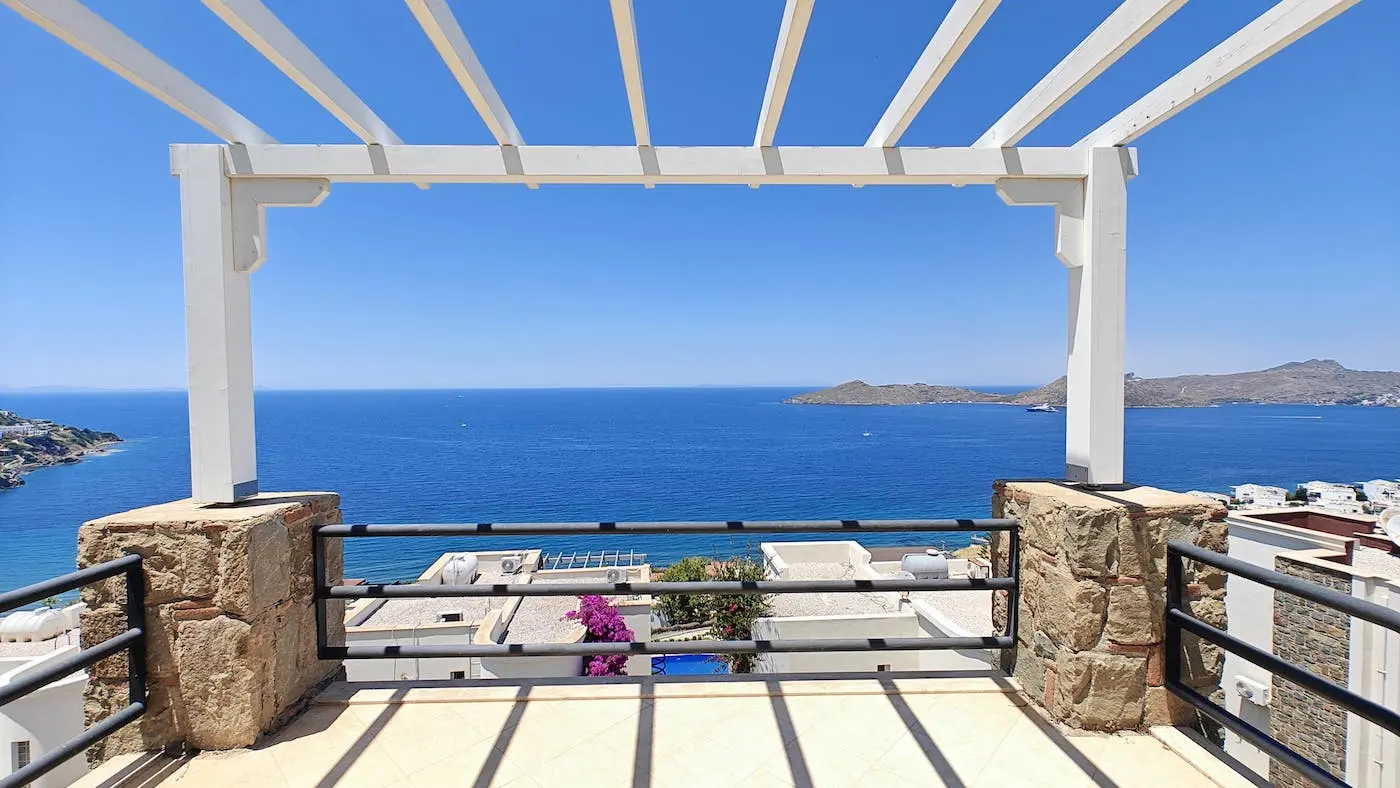Straddling two continents, Istanbul has long been one of the centres of world history, culture, and importance. Known throughout history as Byzantium and later Constantinople, Istanbul has served as the capital of three Empires: The Roman, Byzantine, and Ottoman Empires. Each Empire left its mark, shaping it into the dynamic metropolis we see today.
To understand the true significance of Istanbul, we must take a look into its past.

Byzantium: The Birth of a Strategic City
The origins of Istanbul date back to 660 BC when Greek settlers established Byzantium. The location on the Bosphorus Strait made it a strategic and prosperous settlement. With access to the Black Sea and the Aegean, Byzantium thrived as a hub for trade and maritime activity. However, it wasn’t until the rise of the Roman Empire that the city would transform.
In 324 AD, Emperor Constantine the Great, recognised the potential of Byzantium. By 330 AD, he renamed it Constantinople and declared it as the new capital of the Roman Empire. Constantine’s goal was to create a "New Rome" – a city that would serve as the heart of a Christian Empire. With its walls, palaces, and churches, Constantinople symbolised the greatness of the Roman Empire.

Constantinople: The Byzantine Jewel
Under Byzantine rule, Constantinople thrived as one of the most advanced cities in the world. Its location ensured that it became a melting pot of cultures. As the Byzantine Empire grew, the city’s reputation as a centre of learning, art, and religion also grew.
One of the lasting symbols of Byzantine Constantinople is the Hagia Sophia. Constructed under Emperor Justinian I in the 6th century, this architectural marvel stood as the world’s largest cathedral for a thousand years, showing the strength and intricacy of the Byzantine Empire.
Despite its prosperity, Constantinople faced challenges. The city endured sieges, invasions, and political turmoil. Yet, its formidable Theodosian Walls, constructed in the 5th century, helped withstand attacks for centuries, including attempts by the Persians, Arabs, and Bulgars.
By the 13th century, the Byzantine Empire had started to decline. The Fourth Crusade dealt a shattering blow to Constantinople in 1204, as the Crusaders overtook the city and established the Latin Empire. Although the Byzantines recaptured the city in 1261, the Empire’s power and wealth had significantly weakened.

The Ottoman Era: A New Golden Age
In 1453, Constantinople fell to Sultan Mehmed II, formally marking the end of the Byzantine Empire and the beginning of Ottoman rule. Renamed as Istanbul, the city became the capital of the Ottoman Empire and a new golden age commenced.
Mehmed II, known as Mehmed the Conqueror, converted Istanbul into an Islamic cultural centre. One of his first acts was to convert the Hagia Sophia into a mosque, symbolising the new identity of Istanbul. He recognised the importance of preserving the diverse heritage of the city, ensuring that Istanbul remained a cosmopolitan hub.
Under Ottoman rule, Istanbul grew in size and influence. Mosques, palaces, and bazaars were constructed, each contributing to the city’s architectural history, including: The Suleymaniye Mosque, built in the 16th century under Sultan Suleiman the Magnificent. Designed by the famed architect Mimar Sinan, it embodies the elegance of Ottoman architecture.
The city also became a centre of commerce, linking the Silk Road to European markets and cities. Its bustling Grand Bazaar and Spice Bazaar became symbols of Istanbul’s economic strength, attracting merchants and travellers from around the world with deep pockets and money to spend.

Why Empires Chose Istanbul
Istanbul’s status as a capital city for three separate Empires was no accident. Its unique attributes made it an irresistible choice for rulers across centuries:
1 - Strategic Location: Istanbul’s position on the Bosporus Strait provided control over vital trade routes as the natural bridge between Europe and Asia, ensuring economic prosperity and military advantage.
2 - Natural Defences: Surrounded by water on three sides and fortified by walls, Istanbul was one of the most heavily defendable cities of its time and was capable of resisting numerous sieges and attacks.
3 - Cultural and Economic Hub: As a crossroads of different civilisations, Istanbul attracted merchants, scholars, and artisans from around the world, promoting cultural and economic vibrancy.
4 - Political Stability: Moving the capital to Istanbul allowed Empires to establish a power base in the wealthier and more stable eastern provinces.
5 - Religious Significance: For Constantine, establishing a Christian capital free from Rome’s pagan associations was essential, while the Ottomans valued its transformation into a centre of Islamic culture.

The Modern Metropolis of Istanbul
Today, Istanbul stands as Turkey’s largest city and a global cultural and economic hub. Its mesmerising skyline, dominated by historical towers and modern skyscrapers, reflects the city’s ability to balance tradition and progress. The Hagia Sophia, now a mosque again, continues to draw millions of visitors annually.
Istanbul’s history is evident in its vibrant neighbourhoods. The Sultanahmet district, with its ancient monuments, offers a glimpse into the city’s Byzantine and Ottoman past, while areas like Beyoglu and Kadikoy showcase its modern, cosmopolitan character. The Bosphorus Strait remains a vital route, connecting the city’s European and Asian sides.

Historical Istanbul landmarks
Hagia Sophia: Originally an Orthodox cathedral, Hagia Sophia has been a mosque, museum, and is now a mosque again. One of the most visited sites in the city today.
Grand Bazaar: Reflecting the history of Istanbul in its shops, the Grand Bazaar is one of the oldest covered markets in the world and has thousands of stores inside.
Basilica Cistern: Displaying Roman architecture and impressive engineering, Basilica Cistern is an ancient underground water reservoir.
Topkapi Palace: The former home of Ottoman Sultans, Topkapi Palace has a unique collection of artefacts, textiles, and architecture to discover.
Blue Mosque: Located opposite Hagia Sophia, the Blue Mosque is a symbol of Istanbul and is known for its beautiful blue tiles and unique architecture.

Investing in the Heart of History
For investors, the history of Istanbul adds unparalleled value. Owning property in Istanbul is not just a financial decision; it’s a chance to be part of a living, continually evolving legacy. The real estate market offers diverse opportunities, from modern flats in the city centre, to apartments overlooking the Bosphorus, and charming homes in historic districts.
The city’s ability to adapt while honouring its heritage ensures that it will eternally remain one of the world’s most important cultural and economic centres.














 Fethiye
Fethiye  64
64  64
64 


















 X
X